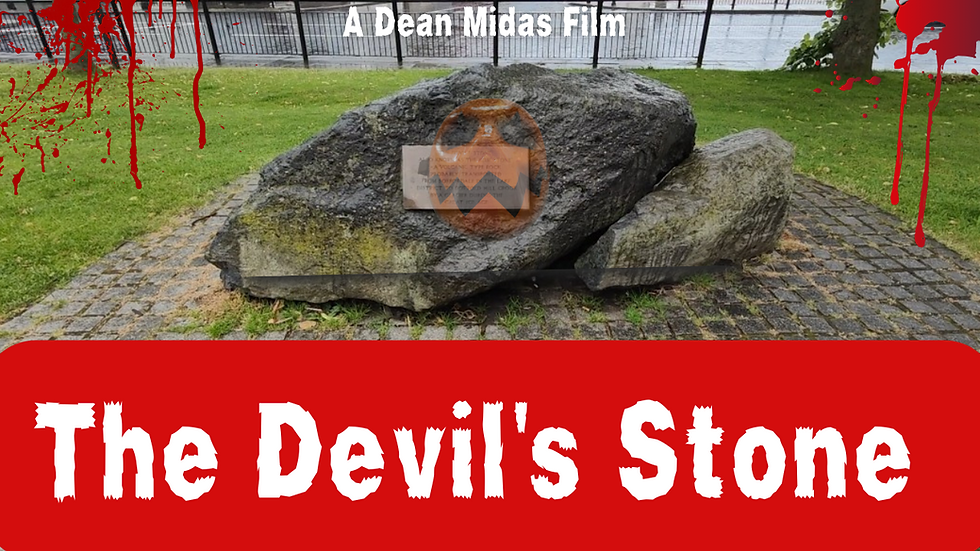Opulently Sinister...The Enchanted Interior: Laing Gallery
- Darkus
- Jan 24, 2020
- 3 min read
Updated: Jan 28, 2021

It is near impossible not to be awestruck at what The Laing Art Gallery in Newcastle upon Tyne has achieved with their eye-opening exhibition, The Enchanted Interior. In an intelligent move, curator Madeleine Kennedy has explored women from 1850, unpicking, probing and unravelling the themes behind the art, often revealing a dark and sinister history. With 83 different works from many collections, including The Victoria and Albert Museum and Tate, it spans across four rooms; time is needed to absorb the message. The atmosphere is quiet, eerie, with mystery at every turn.
When the popularity of religious art dwindled at the end of the nineteenth century, it heightened for real-life scenes presenting opulence and class. The paintings of harems, including works by John Frederick Lewis, are telling of the time. Males were not allowed to enter such spaces, so they created their representation from word of mouth and imagination. They are rich in colour and texture and show great beauty when actually the rooms were starker as the women in them were owned and used to show men’s power.
Indeed The Laing has displayed some of their permanent pieces for this. Isabella and the Pot of Basil, painted in 1867 by William Holman Hunt, famously adorns the outside wall of the building. Isabella wants to marry Lorenzo against her family’s wishes, so her brothers murder him. Isabella exhumes his body and places his head in a lidded bowl of basil; she will not leave this pot. It’s a tragic scene where the highest price was paid just for a woman wanting to make her own choices in her life.

A striking piece that stops tracks by Maisie Broadhead from 2016. Shackled, from series Pearls, is a photograph of a lady dressed in 17th-century clothes. Her wrists are bound in pearls. As your eyes move down to the bottom of the frame, real pearls continue all the way to floor, and at the very bottom, they are tied to a one-tonne weight; splendid on every level, proving the age old saying of seeing isn’t always believing.
Modern piece Mona Hatoum’s Home is from 1999. Here we have an installation of everyday kitchen objects trapped behind an electric fence. It questions who are they keeping out or in? The sound and lighting effects come and go as the current changes stirring a dangerous feel, and was a representation of an area that was historically seen as a feminine domain.
Much of this exhibition is haunting with the cool breeze of lost souls. Take Vilhelm Hammershøi’s Interior, Sunlight on the Floor from 1906. This appears to be a painting of a room, but during conservation work recently, it transpired that a part of the canvas was folded away and featured a female figure. The lady, who was Vilhelm’s wife Ada, is in a poor state from its time in hiding, a metaphor perhaps of women in those times.

Only offering a flavour in this writing, there's oodles to be discovered at The Enchanted Interior. Beautiful ladies that at first glance could be just a pleasant image. However, when you peel back the layers, it reveals extremely frightening notions and history. A number of the paintings were women glaring out of the window, longing to be free, but forbidden by men. It was potent due to world-class curating and is an enlightening experience, giving a feeling that society has evolved and we now understand the real stories behind the canvas twinned with a voice and platform to share them.
The Enchanted Interior travels to Guildhall Art Gallery in London (14 March 2020 – 14 June 2020)

Article by Beverley Knight
.png)



Comments